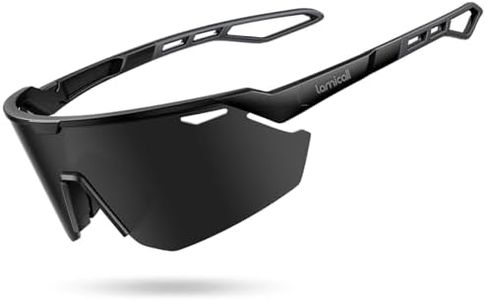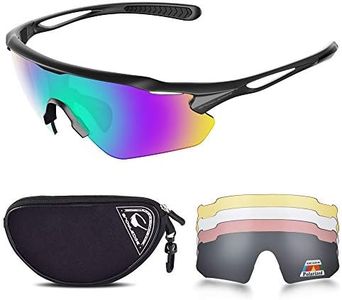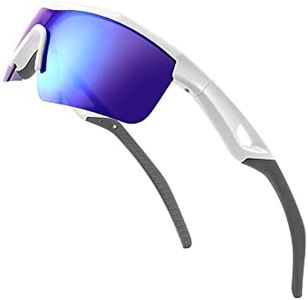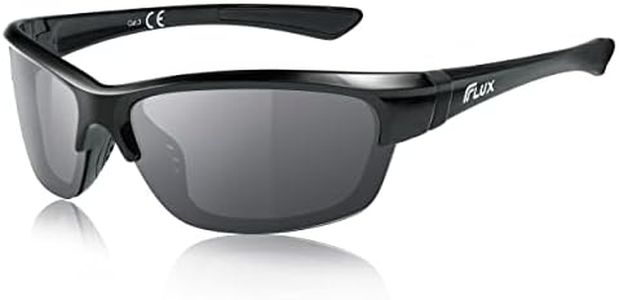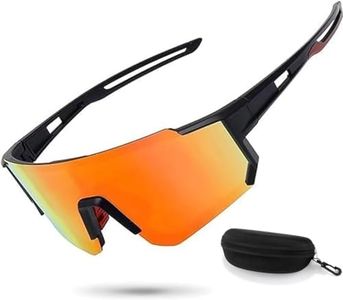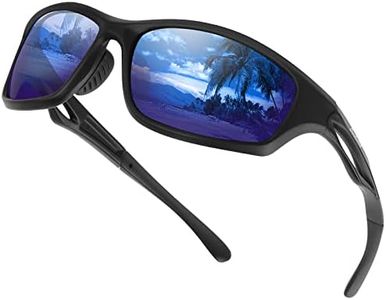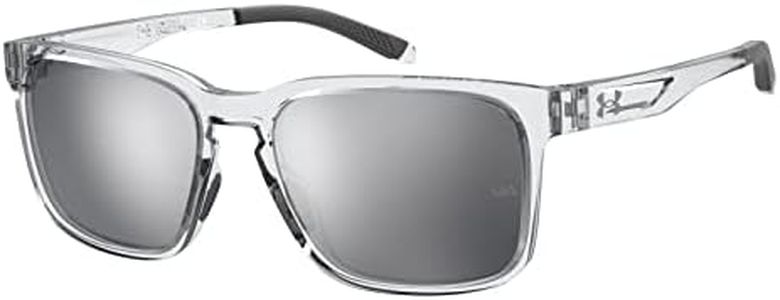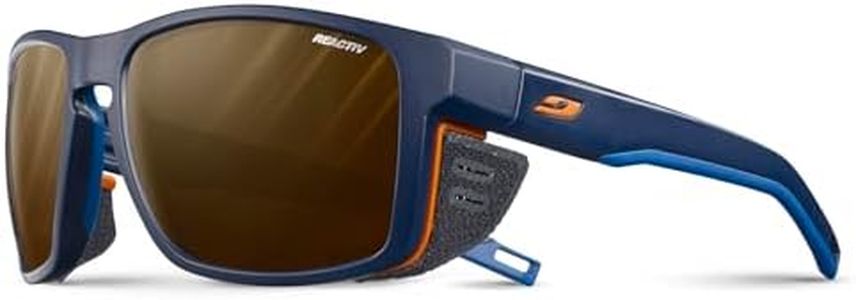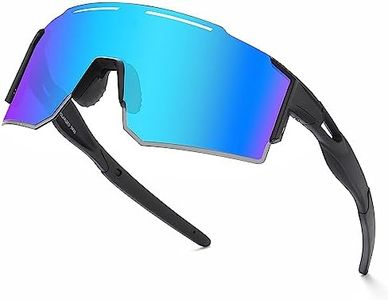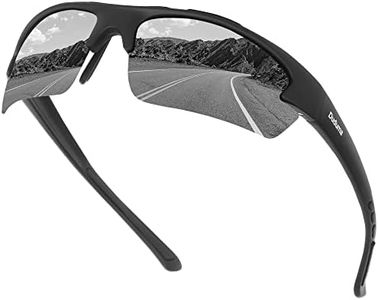We Use CookiesWe use cookies to enhance the security, performance,
functionality and for analytical and promotional activities. By continuing to browse this site you
are agreeing to our privacy policy
10 Best Sports Sunglasses
From leading brands and best sellers available on the web.Buying Guide for the Best Sports Sunglasses
Choosing the right sports sunglasses is important for both performance and eye protection, whether you’re running, cycling, playing golf, or enjoying any other outdoor activity. The best pair should provide comfort, shield your eyes from the sun and debris, and stay securely on your face during movement. It’s worth understanding the key features to look for, as these can make a big difference depending on your intended activity and environment.Lens TintLens tint refers to the color and darkness of the lenses. This impacts how much light reaches your eyes and how colors appear through the glasses. Darker tints like gray or green reduce overall brightness and maintain true color balance, useful for bright conditions. Brown or amber lenses enhance contrast, which can help when you need to spot details, such as on trails or in changing weather. If you do sports in varying light or during dusk and dawn, lighter or photochromic tints that adapt to sunlight are good choices. Pick your lens tint based on when and where you'll be most active.
UV ProtectionUV protection is a measure of how well the lenses block harmful ultraviolet rays from the sun. Full protection is important for preventing long-term eye damage. Look for sunglasses that offer 100% UVA and UVB protection; these are often labeled as 'UV400.' Whether you’re out for long rides or brief runs, always choose sunglasses with full UV protection to safeguard your eyes, regardless of the lens tint.
Frame Fit and StabilityFrame fit and stability are about how well the sunglasses stay on your face during activity. Features like adjustable nose pads, temple grips, and wraparound frames help keep them secure and comfortable. Snugly fitting sunglasses prevent slipping when you sweat or move quickly, which is crucial for uninterrupted performance. Consider trying on different shapes to see what feels best for your sport and face shape—more active sports usually benefit from a tighter, wraparound style.
Lens MaterialLens material affects both durability and clarity. Polycarbonate lenses are lightweight, impact-resistant, and common in sports sunglasses; they’re a good choice for most high-movement activities. Glass lenses provide excellent optical clarity but are heavier and can break more easily. For most sports, opt for polycarbonate or similar shatterproof materials to get both safety and comfort.
Ventilation and Fog ResistanceVentilation and fog resistance describe how well the sunglasses handle moisture and airflow to prevent the lenses from steaming up. Some sports sunglasses have cutouts or special coatings to reduce fogging. This is important for intense activities or humid conditions, as foggy lenses can block your vision. If you sweat a lot or play in cool climates, prioritize options with anti-fog features or lens vents.
Interchangeable LensesInterchangeable lenses means you can switch out the lenses for different tints or conditions. This is helpful if you do sports in a variety of environments, such as cycling in both bright sunshine and overcast days. Changing lenses allows you to tailor your eyewear for each situation. Go for this feature if you anticipate needing different lens types, or stick with a single versatile lens if your needs are consistent.
Coverage and ShapeCoverage and shape refer to how much of your eyes and the surrounding area the sunglasses protect. Larger, wraparound frames offer more coverage, shielding you from wind, dust, and stray sunlight. This is especially valuable in activities like cycling, sailing, or trail running. Smaller, more traditional shapes might suffice for low-speed or less exposed sports. Pick the shape and coverage based on how much environmental exposure you expect.
